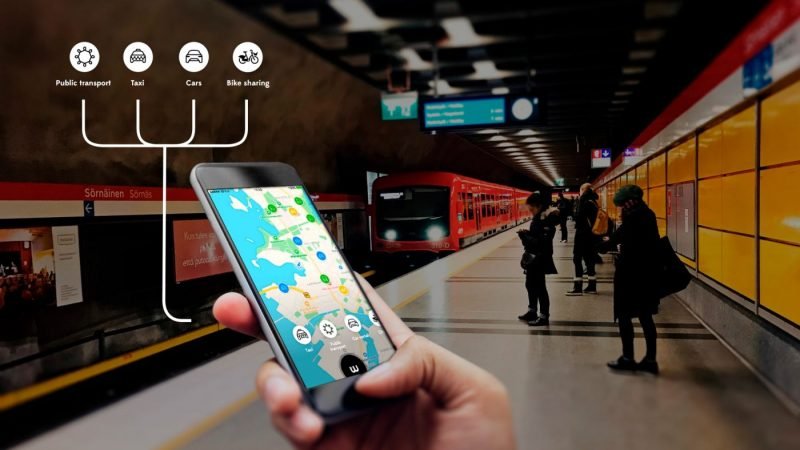Nadia Amoroso On DataAppeal And DIY Urban Mapping
One year ago we wrote an article on The Exposed City: Mapping the Urban Invisibles, a book by Toronto-based urban designer and researcher Nadia Amoroso that deals with the world of visual representation of the city in a new digital context. The book formed the basis for DataAppeal, a new online geograpical data visualization service that was recently launched by Amoroso and a team of designers, artists, computer scientists, information delivery specialists, and GIS specialists. DataAppeal provides a new way of geo-based data visualization and generates beautifully crafted 3D and 4D animated maps — effectively turning information into works of art. We asked her five questions about DataAppeal and the democratization of urban mapping.

What is DataAppeal and how did it come about?
“DataAppeal provides a new way of geo-data visualization. The application can be found at dataappeal.com. It is a web-based application takes geo-referenced data files and generates beautifully designed 3D and animated maps fairly quickly. The platform allows users to design the look of their data fairly intuitively by selecting a variety of design and graphic features such as pre-defined shapes, multitude palette of colours, transparency levels, scale and texture. These selections are combined to create 3d and animated maps of the Google Earth platform. This application merges analytics, modeling and art into a new data visualization tool. It is to some degree, a simplified GIS, and visual geo-analytics tool. The application stems from my research on geo-visualization as described in the book The Exposed City: Mapping the Urban Invisibles, and the technical expertise of Carlo Amoroso. I wanted to create a simple and design based data visualization tool for the masses.”
Who can benefit from using DataAppeal and how?
“The application is ideal for anyone interested in transforming their data into powerful, communicative, and visually appealing messages. Government agencies, municipalities, environmental agencies, universities, research groups, geography associations, market analysis research companies, news agencies, media groups, national defence agencies, healthcare institutions, social enterprise, telecommunication companies, cultural institutes, real estate agencies are typical users groups.”

To which extent does DataAppeal relate to other geographical mapping services like GeoCommons?
“Similar to our geographical mapping services, DataAppeal displays values (information) graphically to a special location. The team at DataAppeal wanted to create an application in which individuals can analyze their data visually and at the same time have fun with their information, by designing it in a way that expresses the subject, and by transforming numbers in an artful way. Many other mapping software focus on 2d representation, whereas, DataAppeal focuses three-dimensional and animated aspects. DataAppeal also focuses on the design and the look of the data. DataAppeal also wants to retain a simple and easy to use platform to attract a broad range of users from the mapping expert to the novice tech users.”
What are your plans with DataAppeal? Where would you like to be in five years?
“We are expanding, and with that, we wish to develop more design features into the application (similar to 3d architectural modeling software) but still retain a simple and easy to use aspect to the application. We want to provide consulting services, for example, many individuals have sent us their datasets and we have rendered the “info-map-landscapes” for them. We wish to form partnerships with key data groups, universities and other agencies interest in data and its visualization. The application is free for now; a fremium version is launching soon with more advanced features, analytic options and more data-design options. In five years, hopefully, DataAppeal will expand to other aspects of data visualization and data sharing.”

There seems to be a lot of interest for urban mapping these days. Could you explain why, and do you think this is a temporary hype or does it structurally contribute to a better understanding of the city?
“With products like Google Maps, Google Earth, Fousquare, mapping is much more accessible than before. GPS on mobile devices and its accessibility to the public has made geo-related issues more popular. I think this will grow over time with the expansion of media applications on mobile devices, and people’s interest with social, economical and environmental issues as they relates to the city they live in.”



